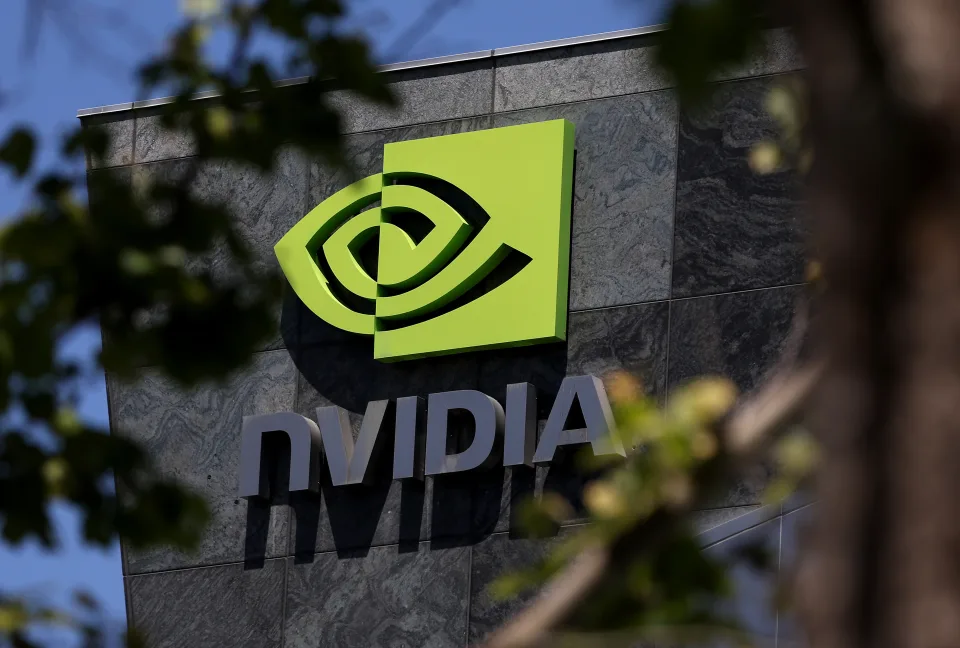Nvidia’s highly anticipated earnings release exceeded Wall Street’s expectations, leading to a surge in the company’s stock price by almost 20% over the three days following the announcement.
However, contrary to expectations, the broader stock market did not experience a significant rally. Since Nvidia’s earnings release on May 22, the S&P 500 has actually declined by more than 0.5%. This trend marks the end of Nvidia’s stock movements driving the overall market higher, according to Julian Emanuel from Evercore ISI.
In a note to clients on Wednesday, Emanuel cautioned that the market’s recent period of low volatility and subdued atmosphere may come to an end now that Nvidia is no longer the dominant force impacting market dynamics.
Since the release of Nvidia’s earnings, the S&P 500 has fallen from its record highs as investors have turned their attention elsewhere. Despite a 10% increase in Nvidia shares following the earnings release, stock prices have dropped due to an unexpectedly strong economic output, causing investors to lower their expectations for interest rate cuts this year. This downward trend has persisted throughout the week, with the 10-year Treasury yield reaching its highest level since May, contributing to the decline in the S&P 500 during the same period.
Emanuel, who has one of the lowest year-end targets for the S&P 500 on Wall Street at 4,750, pointed out that in the past, a stock with a significant weighting in the S&P 500 has never experienced a 20% surge in the three days after earnings while the index did not also end that period higher. This recent divergence from Nvidia’s usual strong correlation with the S&P 500 over the past year, according to Emanuel, could indicate that the market is ready for a pullback.
Emanuel stated, “There is no previous instance where a stock of NVDA’s magnitude has had its post-earnings share surge ‘ignored’ by the broader S&P 500. This divergence could act as a catalyst for more significant movement at the S&P 500 level, especially considering other upcoming events.”
Emanuel mentioned upcoming inflation data, such as the release of the Personal Consumption Expenditures index on Friday and the June Federal Reserve meeting, as examples of potential catalysts.
According to Emanuel, Nvidia’s detachment from the market is occurring at a time when large-cap stocks have become less correlated with each other. The CBOE Implied Correlation Index showed a reading of about 12 on Tuesday, indicating that the correlation among large-cap stocks is at one of its lowest points ever.
Historically, similar drops in correlation have been followed by stock market pullbacks, such as the three-month decline that began in August 2023. Emanuel suggests that a 10% correction in stocks usually follows these correlation troughs. He predicts a mid-year pullback in line with past occurrences.
In addition, other strategists believe that the end of a positive earnings season could lead to volatility in the market. As investors shift their focus to economic data and uncertainty surrounding the Federal Reserve’s interest rate decisions, market action may become more unpredictable in the coming weeks.
According to Truist Co-CIO Keith Lerner, the shift in investor focus has led to a more volatile market. Lerner emphasized that the primary trend is still upward, but expects the market to experience a choppy period in the near-term as it searches for a catalyst.
